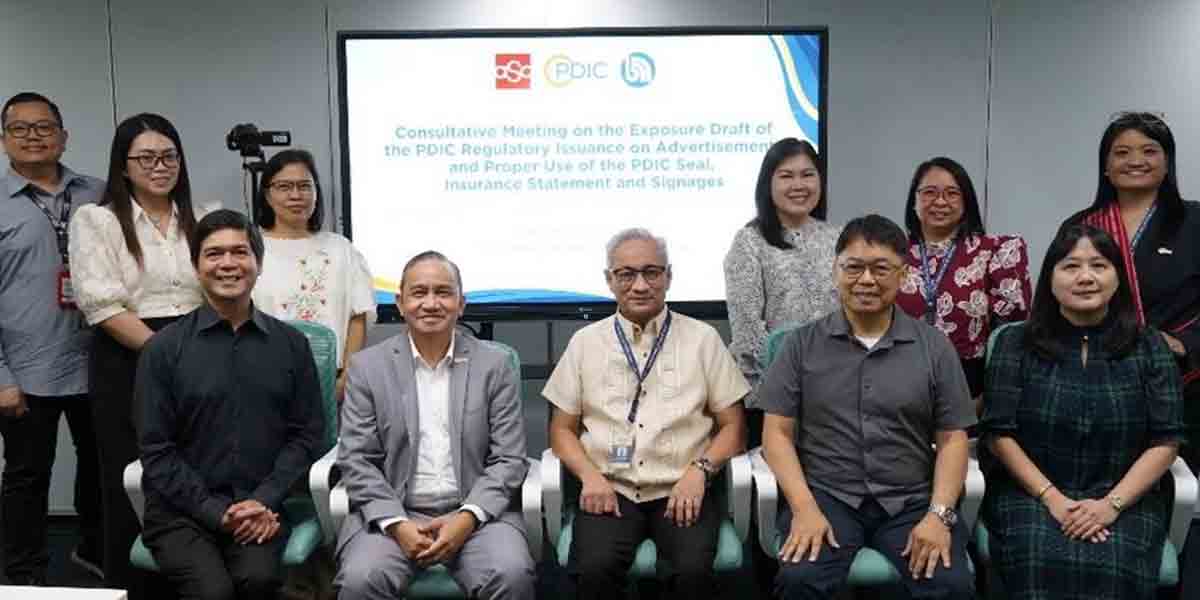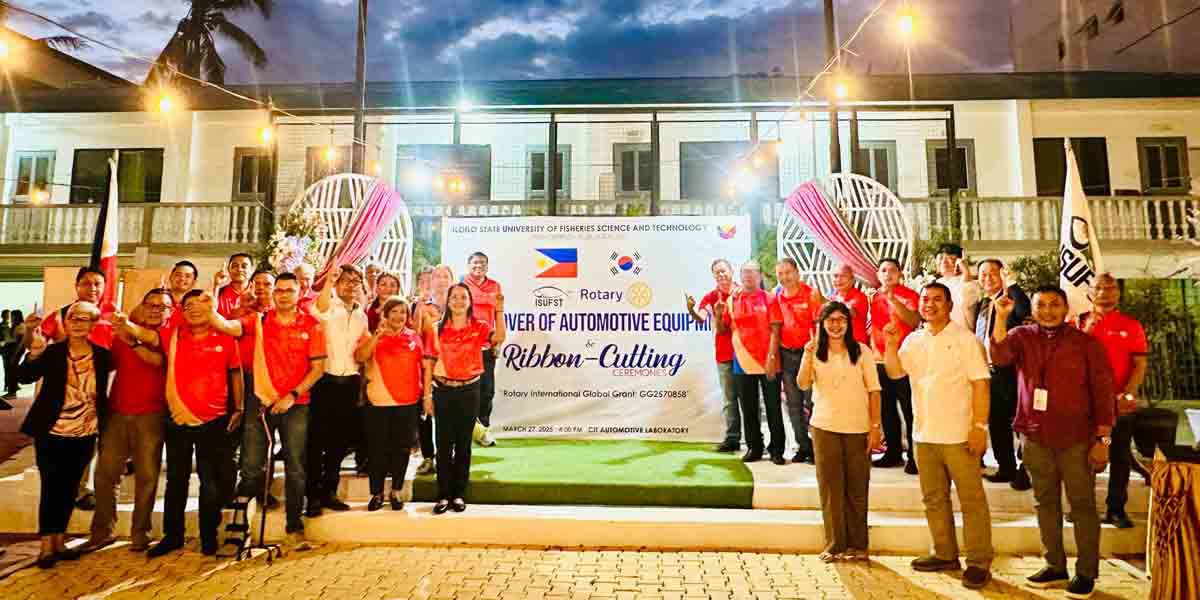A familiar yet wasteful cycle continues to plague Iloilo’s fishing industry. Despite a remarkable fish sufficiency rate, local fishports, such as Concepcion Fishport, regularly grapple with oversupply issues compounded by inadequate storage facilities.
With no dedicated post-harvest infrastructure, the region’s robust fish yields are at constant risk of spoilage.
This undersupply of cold storage units and preservation resources has once again underscored a persistent oversight: a shortage of visionary strategies to make the most of Iloilo’s fishing wealth.
Concepcion Fishport’s recent oversupply of tuloy, or Indian Oil Sardine, is a textbook case of a preventable crisis. As fish populations surge seasonally, the lack of viable processing facilities forces fishermen to rely on demand-driven fishing.
This approach not only limits income for local fishing communities but also wastes potential surplus that could bolster the food supply in regions suffering from shortages.
At the heart of this issue lies a missing link in the local economy—a viable manufacturing industry to process excess fish and convert it into market-ready products, such as canned or dried goods.
The absence of such facilities forces Iloilo to ship its surplus out of the region, making the province a passive participant in a national trade network, rather than an active producer capable of tapping into the growing demand for processed seafood.
Furthermore, the implications of wasting Iloilo’s aquatic resources go beyond immediate economic loss. The oceans offer one of humanity’s last bastions of food security in a time of escalating environmental and agricultural challenges.
Properly harnessing Iloilo’s marine bounty requires more than reactive solutions. It demands a transformative approach to conservation, post-harvest handling, and sustainable fisheries management that transcends local and regional silos.
The Bureau of Fisheries and Aquatic Resources (BFAR)’s initiatives to educate local fishers on responsible fishing, safe seafood practices, and post-harvest value addition are steps in the right direction.
The agency’s partnership with local ports, such as the recent upgrade at Concepcion Fishport, signals progress, yet the implementation of a more holistic framework remains elusive.
Instead of perpetuating the catch-and-sell approach that leads to regular oversupply, Iloilo’s stakeholders—government, private industry, and local communities—must come together to secure long-term sustainability in fisheries.
The absence of comprehensive planning has continually hampered Iloilo’s potential, risking more than fish spoilage but the region’s claim to food security and economic resilience.
With greater investment in cold storage, post-harvest processing, and infrastructure to sustain and preserve the fish catch, Iloilo can transform its oversupply issue into an opportunity.
Otherwise, the province will see the wealth of its seas slip away—a cautionary reminder of what is lost when opportunities to secure a sustainable food future are squandered.
Iloilo’s recent crisis of fish oversupply at Concepcion Fishport reveals a troubling reality: a lack of storage and processing facilities is leading to wasteful losses of valuable marine resources.
As tuloy (Indian Oil Sardine) and other fish are harvested in abundance, the absence of adequate storage facilities means that much of this catch risks spoiling before it reaches consumers.
This waste is not merely a logistical problem; it reflects a deeper issue with regional food processing capacity, or rather, the lack of it.
Without a robust fish processing industry, Iloilo and the broader Region 6 are missing an opportunity to transform surplus into lasting food security and economic growth.
The demand exists in neighboring regions such as Metro Manila and Cebu, yet without facilities to handle, preserve, or process this surplus, Iloilo’s potential remains untapped.
Fishermen operate within the constraints of a “catch and sell” model, often resulting in overfishing during peak seasons and insufficient capacity to preserve catches for future scarcity.
A future-focused vision for Iloilo’s fishing industry would establish an infrastructure capable of stabilizing both supply and demand.
Marine resources are central to our food security in the face of land-based agriculture constraints and climate volatility.
For Iloilo and the Philippines, sustainable management of fish resources will be key to preserving marine biodiversity and ensuring food security.
The need for cold storage facilities, a stronger manufacturing sector, and environmental planning is urgent.
Without these, Iloilo’s rich fish reserves risk becoming a short-lived bounty rather than a sustainable asset.
Addressing these gaps requires a joint effort by government, private sector, and local communities to reimagine fish harvesting practices.
Iloilo’s fishing industry, with visionary planning and sustainable policies, has the potential to be a model for regional food security.
If the seas are our future, we cannot afford to let today’s abundance become tomorrow’s waste.

























